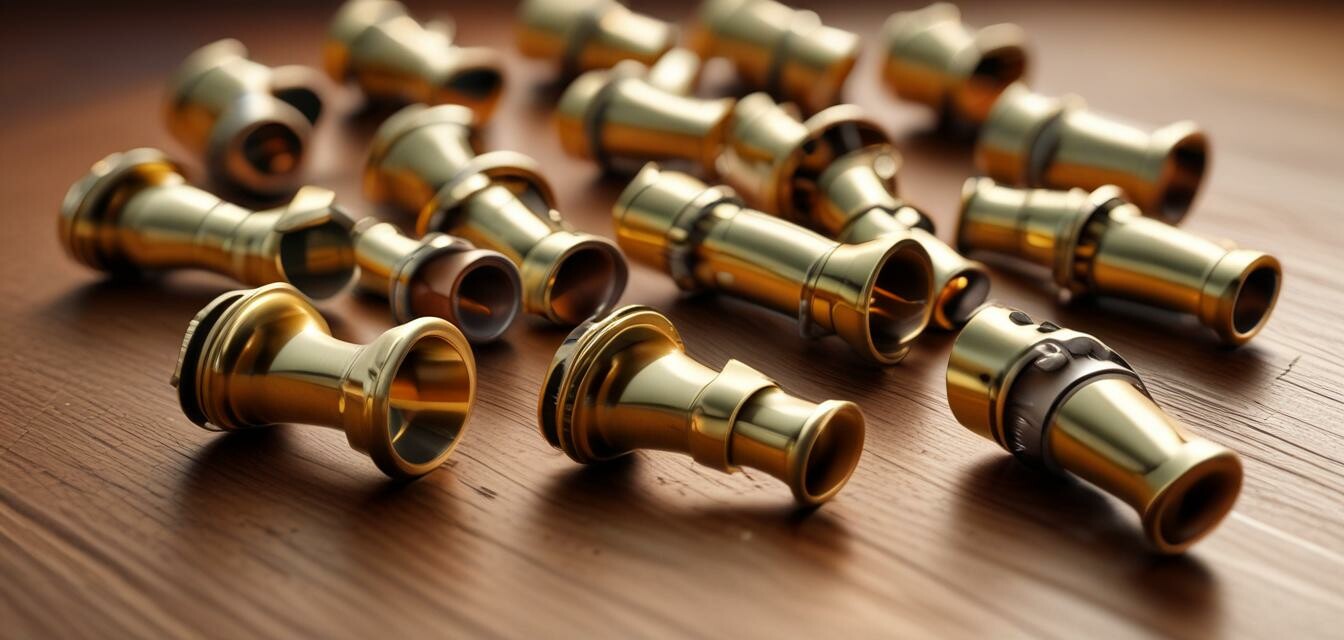
How to choose the right saxophone mouthpiece
Key Takeaways
- Understand the different materials used in mouthpieces and how they affect sound.
- Consider the shape and size of the mouthpiece based on your playing style and comfort.
- Test out various mouthpieces to find the best fit for your tenor saxophone.
- Evaluate the tip opening and facing length that best suits your playing level.
- Consult experienced players for recommendations and insights.
The mouthpiece is a crucial component of your tenor saxophone, playing a significant role in shaping your sound and enhancing your performance. Choosing the right mouthpiece can sometimes feel overwhelming, particularly with the variety of styles and materials available. This guide will delve deep into the elements to consider as you select the perfect saxophone mouthpiece that suits both your playing style and your instrument.
Understanding mouthpiece construction
Materials used in saxophone mouthpieces
The material of the mouthpiece greatly influences the tone, projection, and overall sound quality. Here are the most commonly used materials:
| Material | Characteristics |
|---|---|
| Hard Rubber | Durable, offers a warm tone with a balanced projection. |
| Metal | Bright sound with excellent projection; ideal for jazz and funk. |
| Plastic | Great for beginners; affordable and easy to play. |
| Bamboo | Offers a unique sound, often used for specific styles. |
The impact of mouthpiece shape and size
The shape and size of the mouthpiece affect your playing comfort and style. Generally, the following factors play a role:
- Tip Opening: Refers to the distance between the tip of the mouthpiece and the reed. Wider openings allow for more air and volume but require better control.
- Facing Length: The length from the tip to the curve of the mouthpiece. Longer facings can provide a smoother response.
- Chamber Design: This shapes the sound. A larger chamber generates a warmer tone, while a smaller one brightens it.
Finding your perfect mouthpiece
Testing mouthpieces
One of the best ways to find the right mouthpiece for your tenor saxophone lies in testing various options. Here are some practical steps to guide you:
- Visit a local music store and try different mouthpiece styles.
- Play your saxophone with each mouthpiece, noticing how they feel and sound.
- Record yourself playing to hear subtle differences.
- Ask trusted musicians for their opinions on your sound.
Consulting experienced players
The insights from experienced saxophonists can be invaluable. Consider joining saxophone communities, both online and offline, to share experiences and recommendations:
- Exploring different musical styles can help you identify which sound resonates with you.
- Engaging in discussions on current trends in saxophone accessories can direct you to popular mouthpiece options.
Conclusion
In summary, choosing the right saxophone mouthpiece involves a blend of personal preference and understanding instrument mechanics. The right mouthpiece can enhance your playing experience, launching you into new musical heights. Don't hesitate to explore various options and consult fellow saxophonists, as their experiences may guide you to your perfect match.
Pros
- Improved sound quality with the right mouthpiece.
- Better playing comfort and control.
- Enhanced ability to explore different music genres.
Cons
- Cost of quality mouthpieces can be high.
- Finding the right fit can require significant trial and error.
- Can become confusing with many options available.
Tips for beginners
- Start with a medium tip opening for optimal versatility.
- Consider beginning with a hard rubber mouthpiece for warmth.
- Don't rush into purchasing; take your time to explore different options.